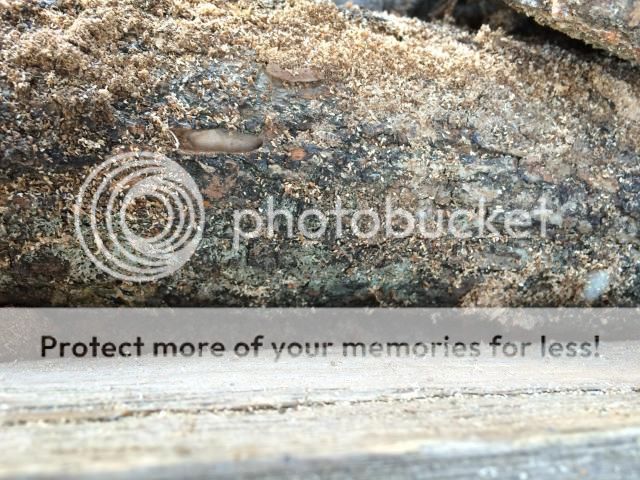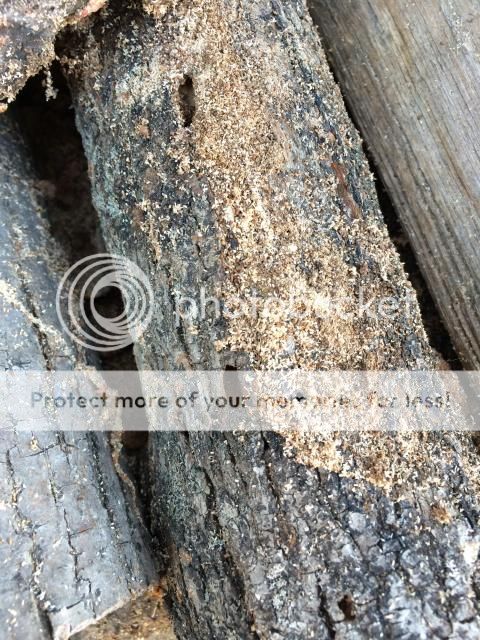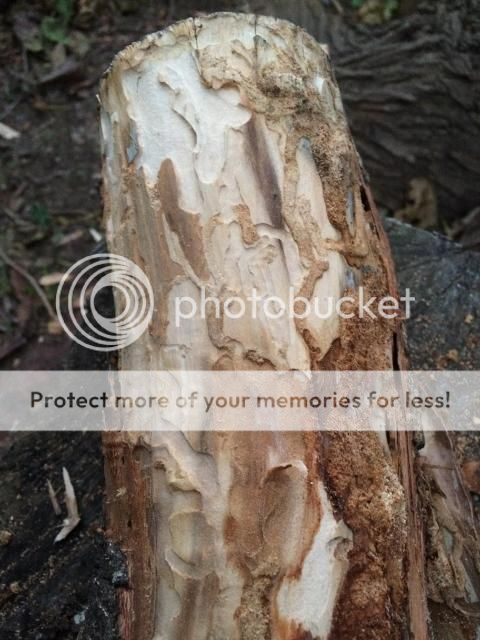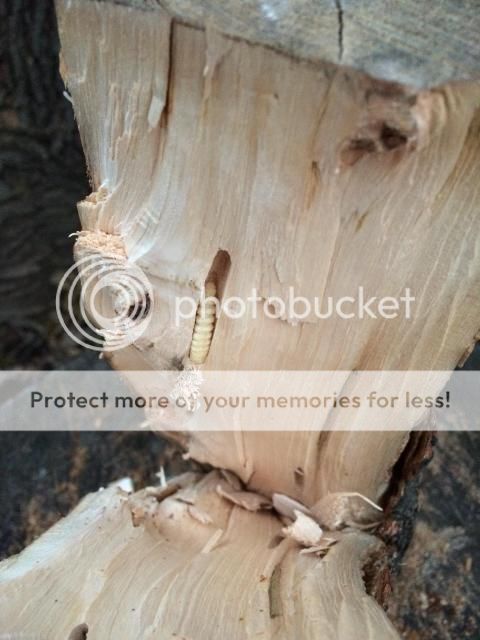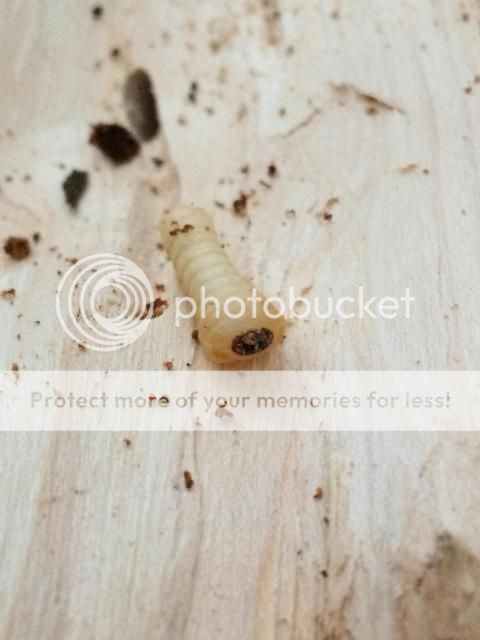I have had a stack of Holly and an unknown type of tree for a good 4 years that I haven't gotten around to burning. Year by year some gets burned, but I wasn't burning a ton the last year or two so there it stands. When my neighbor took down a tree (Unknown species) it was full of insect tunnels and while cutting the tree they were actually coming out of it. I forget now if they were ants or termites. So some of the wood went in my pile but there were no insects left or seen for a solid 3 years. Over the last summer they must have come back or went to work because now the wood has tons of saw dust in-between the wood. I burned a bunch of it over the weekend in an outdoor fire pit and I chopped some and didn't see any insects at all.
I read that carpenter ants like wet wood, this is nowhere near close to wet. A moisture meter will show 0-3 from the outside ends, and when split around 10-15 max or less.
Is this termites or maybe carpenter ants? No termite tunnels to be found, or insects, but tons of wood saw dust in-between the logs.
Any ideas?

I read that carpenter ants like wet wood, this is nowhere near close to wet. A moisture meter will show 0-3 from the outside ends, and when split around 10-15 max or less.
Is this termites or maybe carpenter ants? No termite tunnels to be found, or insects, but tons of wood saw dust in-between the logs.
Any ideas?

Last edited:



